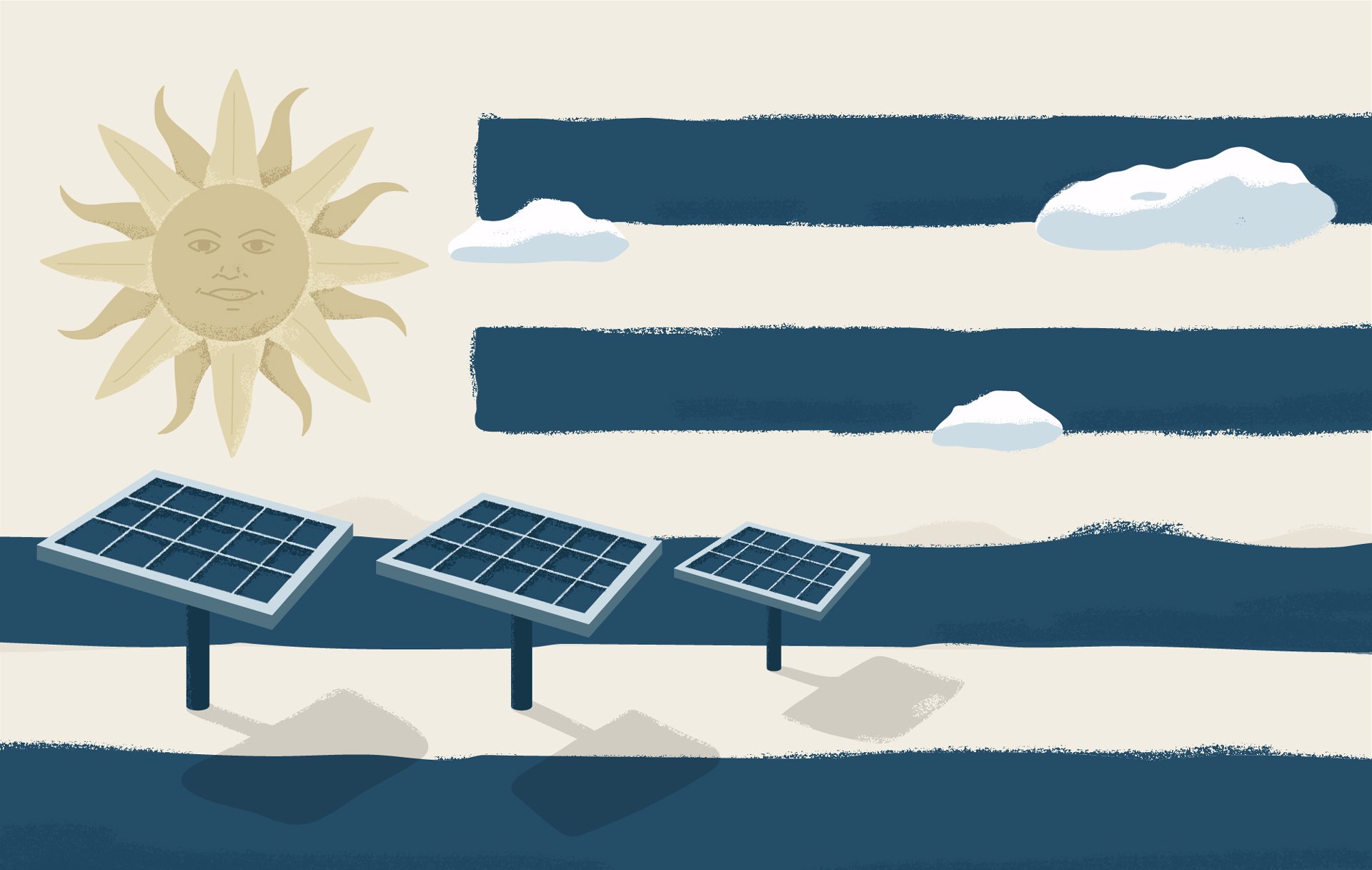- cross-posted to:
- [email protected]
- cross-posted to:
- [email protected]
“with wind the single-biggest contributor… Power production costs have declined “by almost half” … And the clean energy sector has created 50,000 new jobs… Ask me what was the impact on the electricity sector in Uruguay after this tragic war in Europe — zero.”



https://app.electricitymaps.com/zone/UY
You can select 30d, year… And see how much was used for that period.
Not too much biomass fortunately. But even with some googling I can’t seem to find how anyone plans to produce enough biomass to keep this going
53% of power currently being generated by wind, the rest hydro. So there you go. They seem to be doing it, so there’s your answer.
Yes they have multiple forms of energy generation, that does not answer the question as to wether their biofuel is sustainable. Yes it’s carbon neutral (ish) but can they produce the biomass as fast as they consume it?
I don’t know how much I trust that website. It states that British Columbia has 100% of its power generation from an unknown source, which it labels as “500 grams per kwhr” equivalent to coal. But we know that 100% of British Columbia’s electricity comes from hydro…
https://github.com/electricitymaps/electricitymaps-contrib/blob/master/DATA_SOURCES.md#real-time-electricity-data-sources
They seem to be using publicly available data.
You can see here the source for the Uruguay https://apps.ute.com.uy/SgePublico/ConsPotenciaGeneracionArbolXFuente.aspx
deleted by creator
What is that unknown bar meant to be?